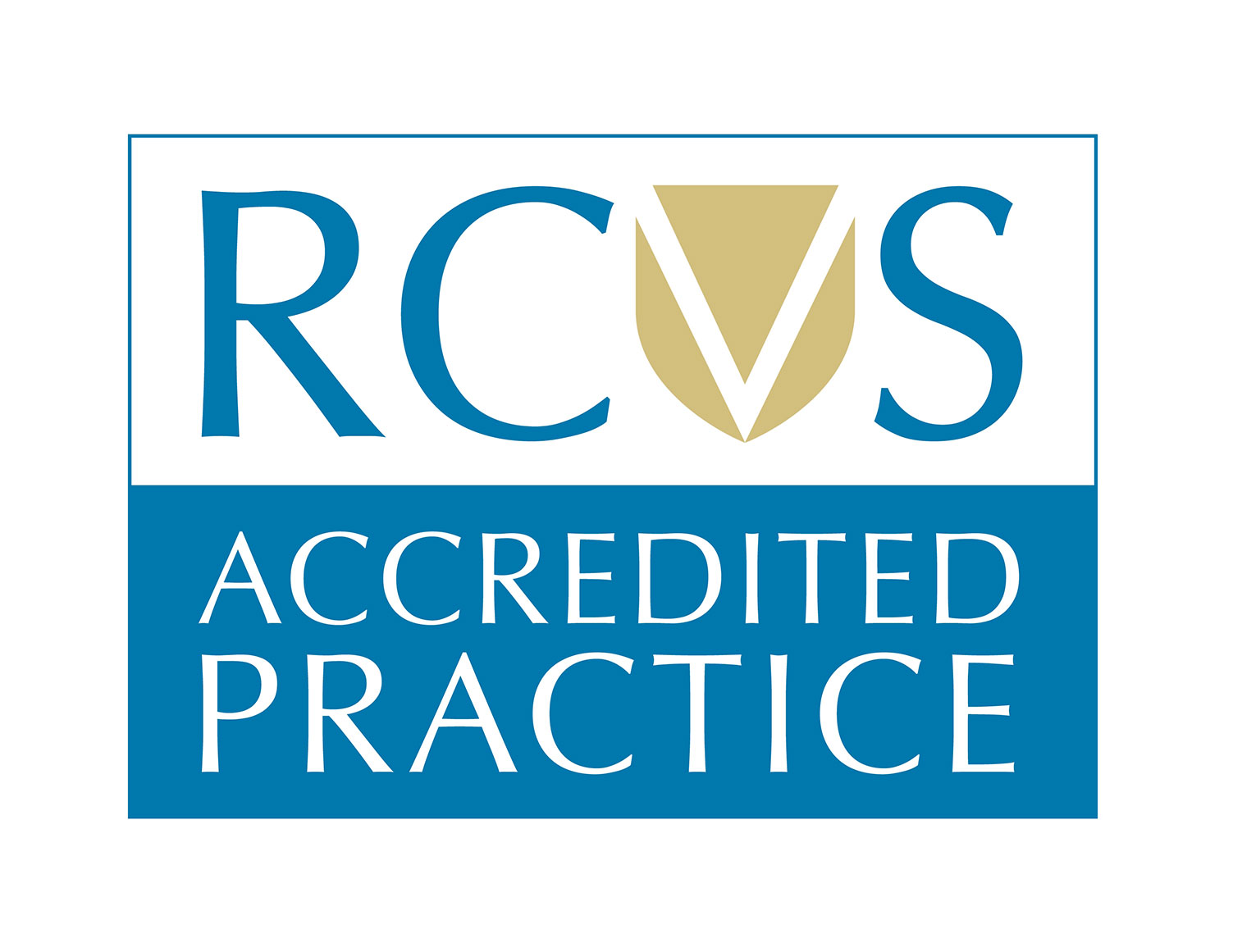Horse euthanasia is a difficult and emotive subject, and something most horse owners would rather not think about. However, saying goodbye is an inevitable part of horse ownership. There is support out there for owners faced with making what is often a tough decision, and it can also help to know what to expect in the event your horse is euthanased. This blog article outlines what horse owners can do to make a difficult time a little easier, as well as how you will be supported by your equine vet.
Putting Down a Horse: When is it the Right Time to Say Goodbye?
In emergency situations, the decision on when to say goodbye is sadly, sometimes, taken away from us. However, there are times when we as owners have to make that difficult choice. Horses suffering from long-term, deteriorating health conditions, particularly in old age, are more likely to need their owner to know when the time is right to say goodbye.
You may know when the time is right for your horse, but if you are struggling with that decision please speak to one of our equine vets who can discuss things compassionately. You shouldn’t feel pressured to make decisions based on the opinions of others, so it is important to take some time to think about your options. Planning ahead allows you to have time to say goodbye, and we as vets are here to support you through the whole process.
Euthanasia, as it is also known, is an emotive issue and the decision should not be taken lightly. It is important to remember that everyone’s situation is different, but ultimately the decision should come down to the horse’s quality of life. Quality of life can be difficult to assess, and is different for every animal, but you as the owner know your horse better than anyone. A way to interpret ‘quality of life’ is to ascertain whether your horse is able to conduct their normal behavior i.e.: Moving around freely without pain, getting up and down easily, rolling, eating and defecating, but this is open to interpretation.
What to Expect on the Day
The vet may choose to sedate the horse, but this will vary case to case. A catheter is placed in the jugular vein to allow for full venous access. A lethal injection is then administered (an overdose of anaesthetic). After a few minutes you may notice the horse take some deep breaths and buckle at the knees, at this point the horse is losing consciousness and totally unaware of what is happening. A complete loss of consciousness will occur, and the horse will fall to the floor. Muscle tremors, twitching and gasping can occur which is a completely normal bodily reflex. By this time the horse has passed, but these involuntary movements may be seen.
Avonvale Equine Vets Are Here to Support You
Each and every conversation we have with owners regarding euthanasia is individual and all of our team are on hand to support you every step of the way. Whether you want to have a plan in place “just in case”, or you are faced with making the decision sooner rather than later, we are happy to support and advise you. An additional service that may be of interest is The British Horse Society’s “Friends at the End” Service.
A saying that rings true is “better to be a week too early than a day too late”.







